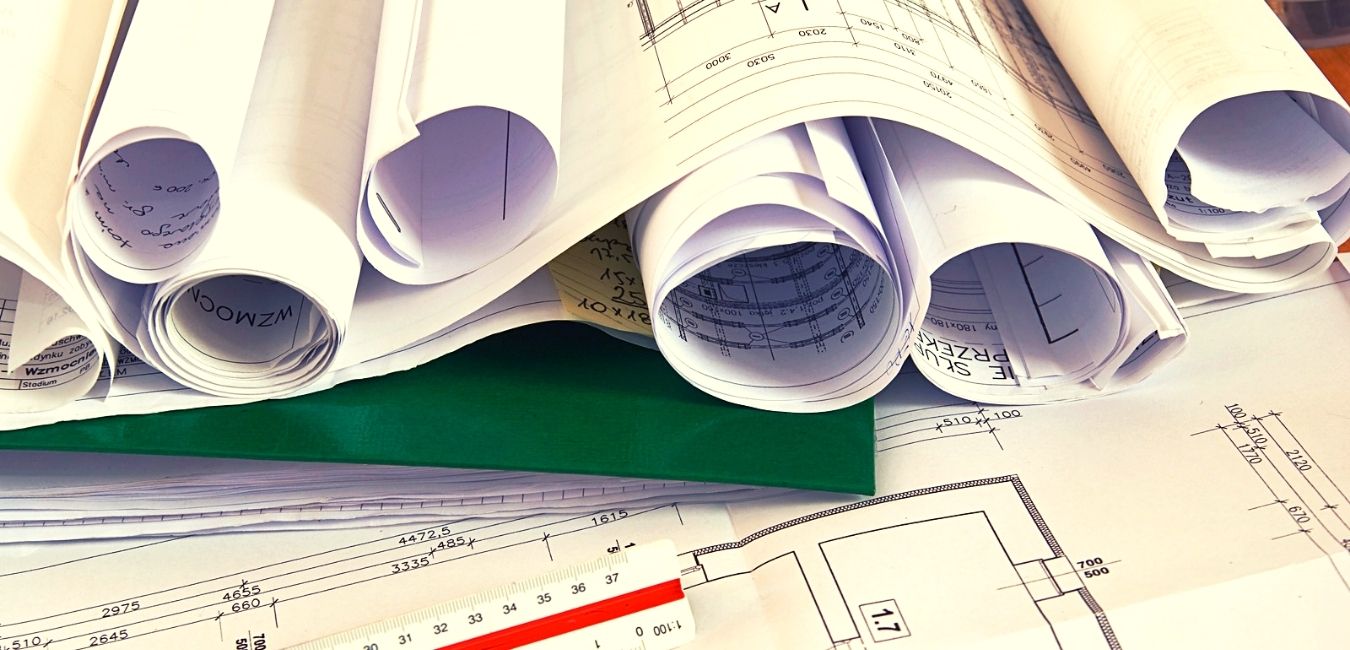Effective Construction Document Management Solutions for Every Project
Effective Construction Document Management Solutions for Every Project
Blog Article
Optimizing Job Collaboration: Engineer's Finest Practices in Building Paper Administration
In the complex realm of architectural tasks, the reliable administration of building documents stands as a foundation for success. Architects, with their precise focus to information and innovative layout services, are entrusted with orchestrating a symphony of timelines, stakeholders, and sources. Amidst this complexity exists an important question: exactly how can engineers enhance cooperation procedures to improve task outcomes? By exploring crucial techniques such as leveraging cloud-based platforms, establishing robust interaction methods, and making sure information security, architects can raise their document management practices to new elevations.
Leveraging Cloud-Based Systems
Leveraging cloud-based platforms is a basic approach for modern-day designers in enhancing building document management processes. By transitioning from typical paper-based systems to cloud services, architects can improve collaboration, improve file ease of access, and boost general task performance. Cloud-based platforms provide designers the capacity to store, share, and update building and construction documents in real-time, guaranteeing that all employee have accessibility to the most present info no matter their area. This access advertises seamless communication and sychronisation amongst job stakeholders, leading to less errors and hold-ups in the building and construction procedure.
Additionally, cloud-based platforms provide a safe and secure setting for storing sensitive task details, supplying security, regular backups, and customer approval setups to protect data honesty. Engineers can additionally benefit from the scalability of cloud services, enabling them to adjust storage capability and capability based on task requirements. Generally, leveraging cloud-based systems equips designers to maximize their building and construction paper management processes, driving greater cooperation, efficiency, and success in their jobs.
Implementing Variation Control Systems
Having developed the advantages of cloud-based systems in building and construction document monitoring, engineers can now boost their paper control processes by executing Version Control Solution. Version Control Systems (VCS) are crucial tools that track adjustments in records, guaranteeing that employee are always dealing with the latest and most precise details. By applying VCS, architects can preserve a central database where all task files are saved, making it possible for seamless cooperation while reducing the threat of mistakes and variation conflicts.
One key benefit of Version Control Solution is the capacity to track the full background of record changes, enabling users to return to previous versions if needed (construction document management). This attribute is particularly important in building and construction projects where style models and alterations are common. Furthermore, VCS promotes much better communication amongst team members by giving a clear audit path of that made particular modifications and when they were made. This transparency not only enhances liability however additionally helps in solving conflicts or disparities that may emerge throughout the task lifecycle.
Developing Communication Protocols
To guarantee reliable and reliable project sychronisation, architects have to establish clear and durable interaction methods within their construction document monitoring processes. This system can be a project administration software, email threads, or cloud-based storage remedies.
Additionally, communication protocols should visit the site also consist of standards on how to deal with disputes, change orders, and urgent problems that may occur throughout the job lifecycle. Establishing an organized approach to interaction makes certain that all stakeholders get on the exact same web page, promotes transparency, and inevitably contributes to the effective conclusion of the building check here and construction job.
Making Use Of BIM Software Application for Sychronisation
BIM software program plays an essential role in enhancing control amongst job staff member in the building and construction market. Structure Information Modeling (BIM) helps with partnership by giving a centralized platform where designers, engineers, service providers, and various other stakeholders can function together in a collaborated fashion. With BIM software program, job participants can access and update a shared version that contains thorough details about the building style, building components, and task schedules.

Additionally, BIM software program enables real-time partnership and communication amongst group members, regardless of their physical area. Through cloud-based BIM platforms, task stakeholders can access the current task info, track modifications, and make educated choices promptly. Overall, leveraging BIM software for sychronisation improves job effectiveness, productivity, and eventually results in effective task end results.
Ensuring Data Safety And Security and Conformity
In the realm of building and construction file monitoring, protecting data stability and guaranteeing regulative compliance are paramount considerations for engineers and other task stakeholders. Engineers should implement robust security steps to protect delicate task details from unapproved access or violations.

Conclusion
To conclude, architects can enhance job collaboration in construction document management by leveraging cloud-based platforms, applying variation control systems, establishing communication protocols, utilizing BIM software program for sychronisation, and guaranteeing information safety and conformity. These finest practices aid his comment is here enhance the building process, enhance communication amongst project stakeholders, and boost efficiency in job delivery. By adhering to these standards, designers can properly take care of building and construction records and promote effective task outcomes.
Via BIM software, project participants can access and update a common model that includes detailed details about the structure style, building and construction components, and task schedules.
Via cloud-based BIM systems, job stakeholders can access the latest job info, track modifications, and make educated decisions promptly - construction document management. On the whole, leveraging BIM software for control improves project efficiency, productivity, and eventually leads to successful job outcomes
In verdict, architects can maximize task partnership in construction document management by leveraging cloud-based systems, executing version control systems, establishing communication procedures, utilizing BIM software program for sychronisation, and ensuring information safety and compliance. These best methods aid improve the construction process, enhance communication among task stakeholders, and boost performance in project shipment.
Report this page